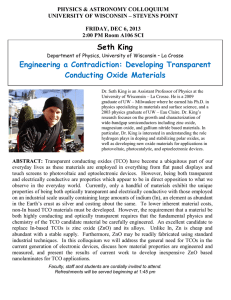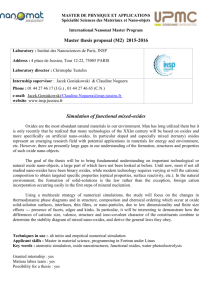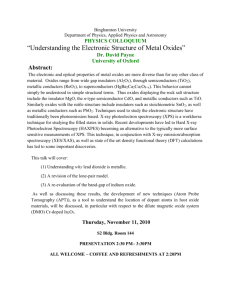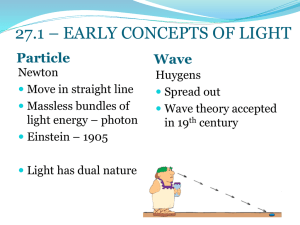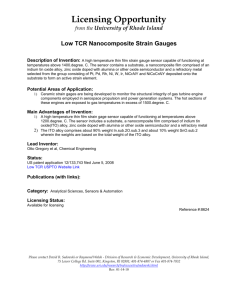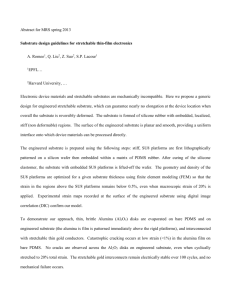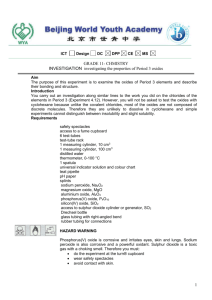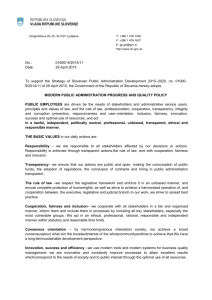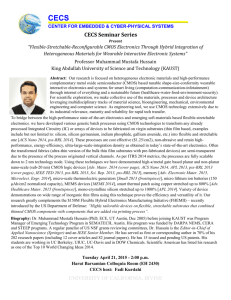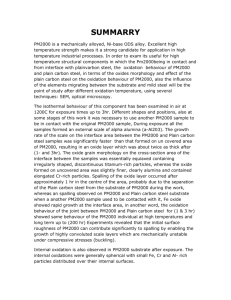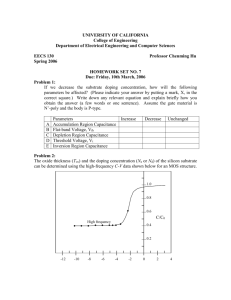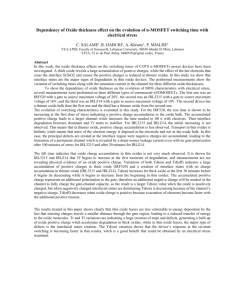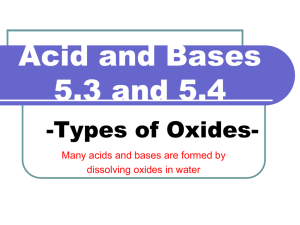Flexible and Stretchable Electronics, Sensors, and Photonics with
advertisement
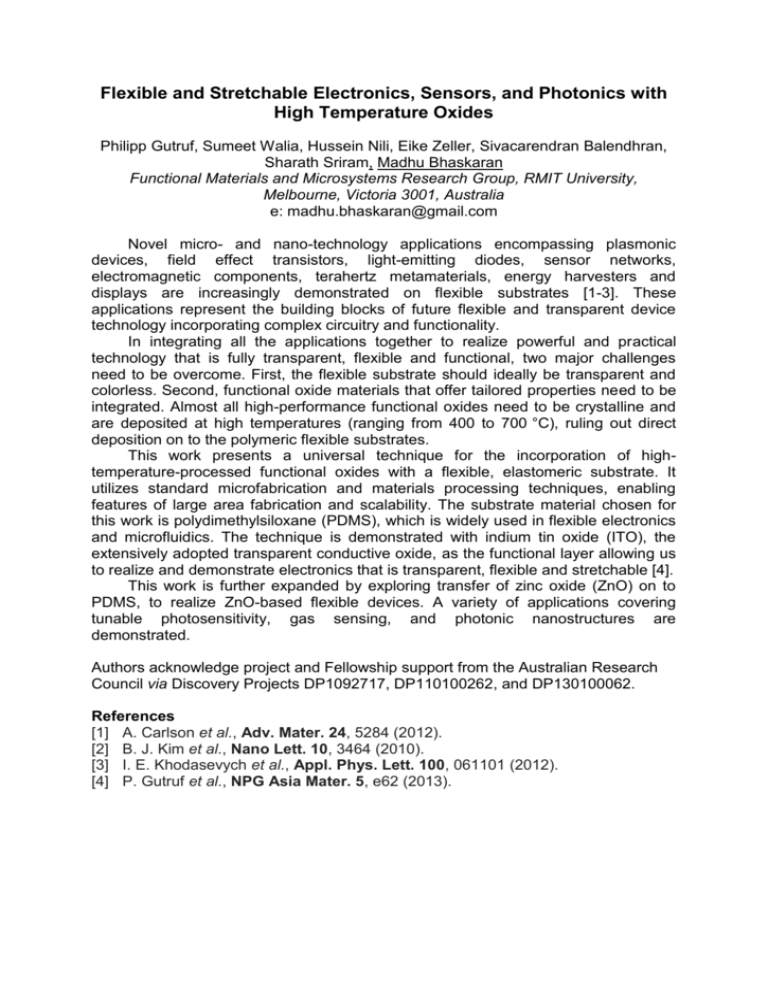
Flexible and Stretchable Electronics, Sensors, and Photonics with High Temperature Oxides Philipp Gutruf, Sumeet Walia, Hussein Nili, Eike Zeller, Sivacarendran Balendhran, Sharath Sriram, Madhu Bhaskaran Functional Materials and Microsystems Research Group, RMIT University, Melbourne, Victoria 3001, Australia e: madhu.bhaskaran@gmail.com Novel micro- and nano-technology applications encompassing plasmonic devices, field effect transistors, light-emitting diodes, sensor networks, electromagnetic components, terahertz metamaterials, energy harvesters and displays are increasingly demonstrated on flexible substrates [1-3]. These applications represent the building blocks of future flexible and transparent device technology incorporating complex circuitry and functionality. In integrating all the applications together to realize powerful and practical technology that is fully transparent, flexible and functional, two major challenges need to be overcome. First, the flexible substrate should ideally be transparent and colorless. Second, functional oxide materials that offer tailored properties need to be integrated. Almost all high-performance functional oxides need to be crystalline and are deposited at high temperatures (ranging from 400 to 700 °C), ruling out direct deposition on to the polymeric flexible substrates. This work presents a universal technique for the incorporation of hightemperature-processed functional oxides with a flexible, elastomeric substrate. It utilizes standard microfabrication and materials processing techniques, enabling features of large area fabrication and scalability. The substrate material chosen for this work is polydimethylsiloxane (PDMS), which is widely used in flexible electronics and microfluidics. The technique is demonstrated with indium tin oxide (ITO), the extensively adopted transparent conductive oxide, as the functional layer allowing us to realize and demonstrate electronics that is transparent, flexible and stretchable [4]. This work is further expanded by exploring transfer of zinc oxide (ZnO) on to PDMS, to realize ZnO-based flexible devices. A variety of applications covering tunable photosensitivity, gas sensing, and photonic nanostructures are demonstrated. Authors acknowledge project and Fellowship support from the Australian Research Council via Discovery Projects DP1092717, DP110100262, and DP130100062. References [1] A. Carlson et al., Adv. Mater. 24, 5284 (2012). [2] B. J. Kim et al., Nano Lett. 10, 3464 (2010). [3] I. E. Khodasevych et al., Appl. Phys. Lett. 100, 061101 (2012). [4] P. Gutruf et al., NPG Asia Mater. 5, e62 (2013).

